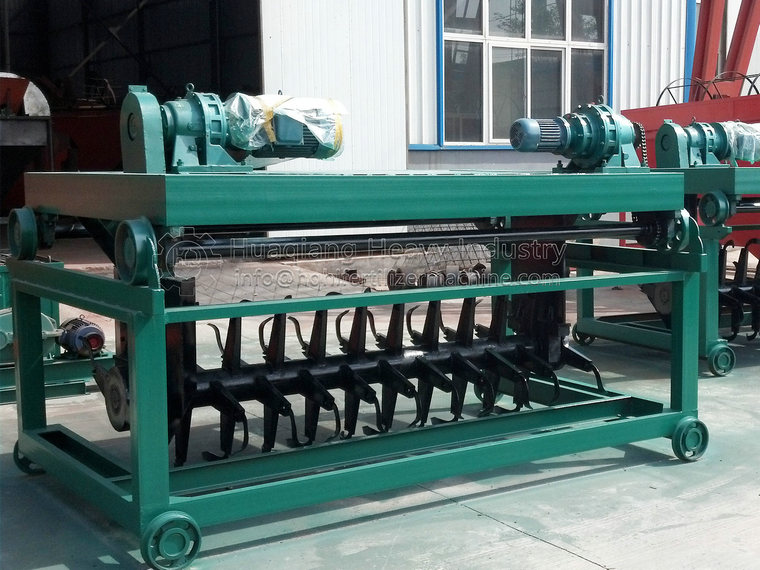Organic fertilizer production lines are generally divided into two categories: powder organic fertilizer production lines and granular organic fertilizer production lines, taking powder organic fertilizer production lines as an example. The equipment required includes fermentation and tipping equipment, pulverizer equipment, and organic fertilizer screening equipment. The price is around tens of thousands of yuan, which needs to be determined based on annual production and equipment specifications.
1. Determine the scale of the small-scale organic fertilizer equipment production line, such as how many tons per year or how many tons per hour, before determining the price.
2. Determine the shape of particles in the production line of small organic fertilizer equipment, that is, choose what type of granulator: powder, column, flat ball, or standard park. Commonly used organic fertilizer granulator equipment includes: disc granulator, drum granulator, wet granulator, drum extrusion granulator, flat mold granulator, and stirring tooth granulator. The selection of granulators should be determined based on the local organic fertilizer sales market. If the shape requirements of the particles are different, then the processing process of organic fertilizer equipment is also different, and the price of organic fertilizer equipment is also different.
3. Determine the configuration of small organic fertilizer equipment production lines: The equipment configuration of organic fertilizer production lines varies, with varying prices and labor intensity. If the output is stable and high, the general configuration is relatively high. In addition to the basic equipment, automatic batching equipment, automatic packaging equipment, automatic quantitative feeding equipment, cyclone dust collector, solid-liquid separation equipment, etc. should also be added.
4. Determine the type of organic fertilizer production. Compound organic fertilizer equipment or organic fertilizer equipment, with the same yield, generally considers high moisture content, beneficial bacteria not resistant to high temperature, and the model is larger than the compound fertilizer model. There are four types of organic fertilizers: pure organic fertilizer, organic-inorganic composite fertilizer, bio organic fertilizer, and composite microbial fertilizer, with slightly different configurations of organic fertilizers.
5. Selection of organic fertilizer fermentation tipping machine: Common organic fertilizer fermentation methods include strip fermentation, tank fermentation, and the use of fermentation tanks. The fermentation methods and equipment for organic fertilizer fermentation are also different. In general, the tank fermentation tipping machine is more suitable for the principle of aerobic fermentation (advantages of tank fermentation: it is more in line with the principle of aerobic fermentation, less prone to the formation of anaerobic bacteria, complete fermentation, and fast fermentation speed).
6. Determine the environmental assessment to be achieved: select ordinary dust removal equipment in areas with low environmental assessment requirements, and invest less in organic fertilizer equipment; Areas with high environmental protection requirements require the use of high-performance dust removal equipment, which has good performance and can fully meet national environmental standards. Therefore, the investment will also be higher.